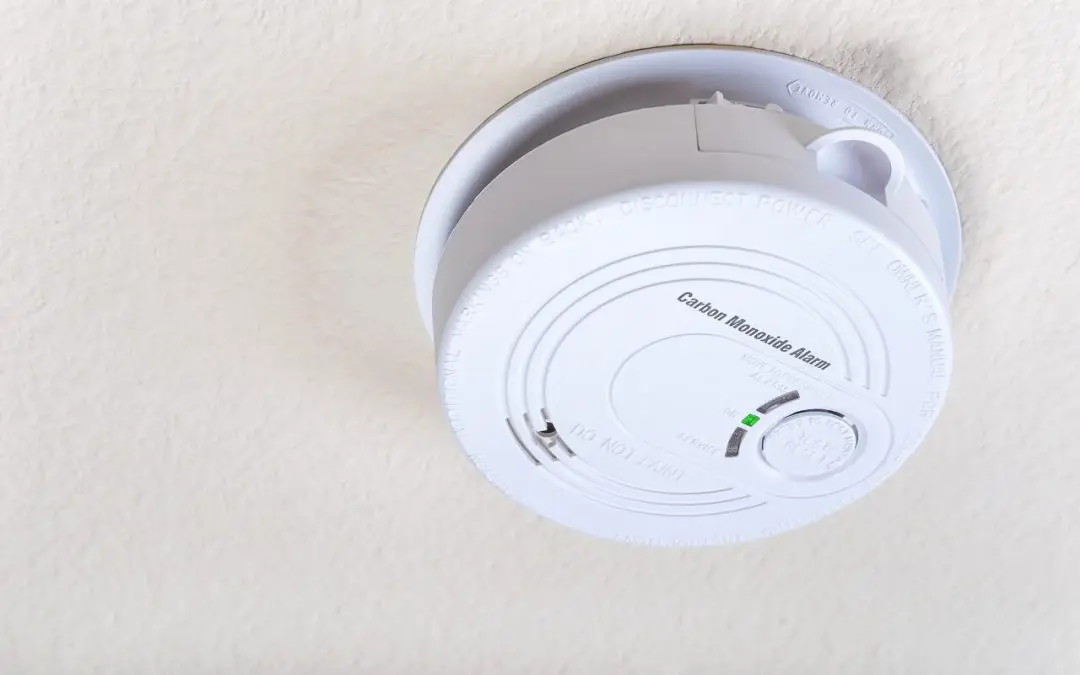Carbon monoxide (CO) is a silent killer, a colorless, odorless, and tasteless gas that can accumulate in your home without you ever realizing it. According to the CDC, more than 400 people die from unintentional CO poisoning in the U.S. every year, and thousands more are hospitalized. This makes it crucial for homeowners to understand what carbon monoxide is, how it enters homes, and the steps they should take to prevent this potentially fatal hazard.
What Is Carbon Monoxide?
Carbon monoxide is produced by the incomplete combustion of fossil fuels like natural gas, propane, oil, coal, and wood. Common household appliances such as furnaces, gas stoves, water heaters, and fireplaces can emit carbon monoxide if they aren’t properly vented or maintained. Vehicles left running in garages, gas-powered generators, and even some charcoal grills can also be sources of CO in the home.
Symptoms of Carbon Monoxide Poisoning
Carbon monoxide poisoning can mimic flu-like symptoms, making it difficult to identify. Early signs of CO poisoning include headaches, dizziness, weakness, nausea, vomiting, chest pain, and confusion. These symptoms can progress quickly if the source of the carbon monoxide is not removed, potentially leading to loss of consciousness, permanent brain damage, or death.
If multiple members of a household experience these symptoms at the same time, especially in a home with gas appliances or an attached garage, carbon monoxide poisoning should be suspected. If you believe you may have been exposed, leave the home immediately and seek medical attention.
How Carbon Monoxide Enters the Home
There are several common ways that carbon monoxide infiltrates your home. Faulty or poorly maintained heating systems, such as furnaces or boilers, are major culprits. A cracked heat exchanger or improper venting can cause carbon monoxide to leak into the living space. Fireplaces, wood stoves, and space heaters also produce carbon monoxide if not adequately vented.
Gas stoves and ovens, if used for extended periods or for heating purposes, can elevate CO levels inside the home. Exhaust from vehicles left running in attached garages can seep into the house even if the garage door is open. Power outages during storms often lead people to use gas-powered generators or grills indoors, which is extremely dangerous and a leading cause of carbon monoxide poisoning during emergencies.
Preventing Carbon Monoxide Poisoning
Preventing carbon monoxide exposure in the home requires regular maintenance and the installation of safety measures. First, it’s essential to make sure all fuel-burning appliances are properly installed and vented. Annual inspections of your furnace, water heater, and fireplace by a qualified technician will help catch potential issues before they become dangerous. Chimneys and flues should be cleaned regularly to keep them free of obstructions that could trap CO gases.
Homeowners should also install carbon monoxide detectors on every floor of their homes, especially near sleeping areas. These detectors will provide an early warning if CO levels begin to rise, allowing you to take action before it becomes life-threatening. Test your detectors monthly and replace their batteries regularly to verify they’re functioning properly.
What to Do if Your Detector Goes Off
If your carbon monoxide detector goes off or you suspect that your home has elevated CO levels, you must act quickly. Evacuate everyone from the house immediately and get fresh air. Do not attempt to locate the source of the carbon monoxide or turn off appliances; leave that to the professionals.
Once outside, call 911 or your local fire department. Emergency personnel will be able to assess the situation and identify the cause of the carbon monoxide leak. Even if symptoms are mild or seem to improve after leaving the home, it’s still important to seek medical attention, as CO poisoning can have delayed effects.
Carbon monoxide is a serious threat to home safety, but with proper precautions, it is entirely preventable. Homeowners must be proactive about regular maintenance and vigilant in equipping their homes with working CO detectors. By taking these measures, you’ll significantly reduce the risk of carbon monoxide poisoning and protect your family from this invisible danger.
FAQs
How often should I have my appliances checked for carbon monoxide leaks?
You should have all fuel-burning appliances inspected at least once a year by a qualified technician. This includes your furnace, water heater, stove, fireplace, and space heaters. Annual inspections catch small issues like cracked heat exchangers or venting problems before they turn into dangerous carbon monoxide leaks.
Where should I place carbon monoxide detectors in my home?
Carbon monoxide detectors should be installed on every level of your home, especially near sleeping areas and outside bedrooms. Place them in common areas like hallways and living rooms and near appliances that use fuel, like the furnace or stove. Avoid placing detectors near windows, fans, or excessively humid areas like bathrooms, as these conditions affect their accuracy.
How do I maintain carbon monoxide detectors?
Test your carbon monoxide detectors monthly to confirm they’re functioning properly. Replace the batteries at least once a year or more frequently if your detector gives a low-battery warning. Most detectors have a lifespan of 5 to 7 years, so replace the entire unit when it reaches the end of its service life.
Can carbon monoxide build up in an all-electric home?
All-electric homes are much less likely to experience carbon monoxide buildup because they do not rely on the combustion of fossil fuels for heating or cooking. However, carbon monoxide can still be a danger in homes with attached garages or if portable fuel-burning equipment, like generators, is used indoors.
Precision Home Inspectors provides inspections to homebuyers and sellers in Eastern Virginia. Contact us to schedule our services.

